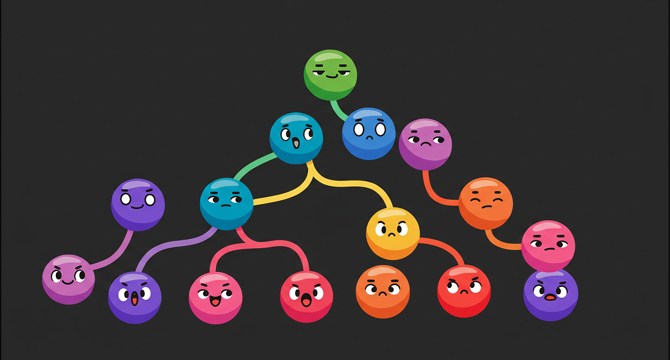Medium
1M
89

Image Credit: Medium
Understanding Binary Trees and Binary Search Trees: A Comprehensive Guide
- A binary tree is a hierarchical data structure with each node having at most two children - left and right child, aiding in quick data organization for search, insertion, and deletion.
- Binary trees have been crucial in computer science since the 1950s, primarily used in expression parsing and sorting algorithms, with the introduction of self-balancing variants like AVL Trees for consistent performance.
- Binary Search Trees (BSTs) ensure logarithmic time operations for search, insert, and delete by following a specific property, but performance degrades when unbalanced.
- BST operations involve traversing the tree from the root, inserting by comparison, and replacing nodes based on child count, offering a clear and efficient data structure with extensive applications in databases, AI, and software development.
Read Full Article
5 Likes
For uninterrupted reading, download the app